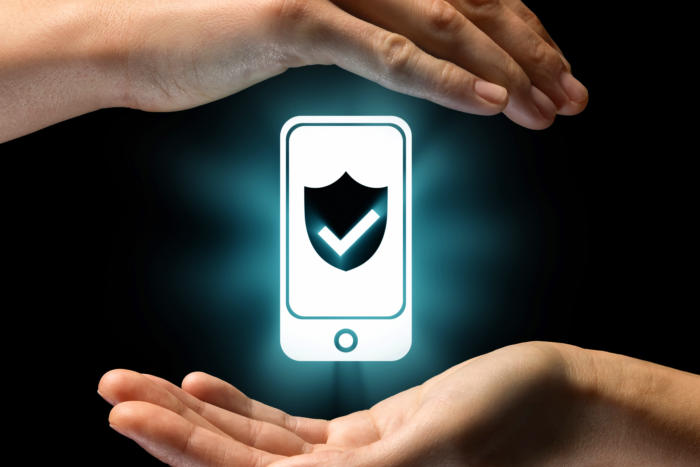Preparing for any potential cyberattack is an increasingly important precautionary steps in every organization. Here’s how your team could do it without disrupting existing processes.
In an age when cybercriminals abound, it pays to prepare and be always on guard. It means being aware of strategies criminals often resort to and investing in monitoring tools as well as preventive measures to avoid such massive cyber atrocities in the first place.
Security software company Avast found that of 132 million routers tested, 41 percent could easily be hacked, a recent GSMA Intelligence report showed. In the recent years, we have seen cyber thieves switching from personal computers to smartphones to steal personal information or credentials and get the unwitting victims’ funds. Successful cyberattacks in years past may also have spawned a new generation of criminals who now focus on the preferred terminal for online payments and shopping transactions: smartphones.
Various forms of cyberattacks
Just as there are software programs that can protect users from cyber crooks’ exploits, including creating malicious phishing websites that closely resemble trusted destinations, there are software that hinders users from accessing their systems. Being locked out of their computers has sent many people into panic mode.
So, what can regular users do to avoid or be ready for cyberattacks? First and foremost, be mindful and do not be easily tricked into clicking on a link or attachment. Accessing the web or sensitive information through VPNs is another way (free VPNs are no way to go!).
Information technology experts have repeatedly warned people about the existence of malicious sites that impersonate legitimate URLs. It is high time PC and other gadget users heed such warnings and keep a closer eye on URLs.
Now that cyber villains have turned their attention to smartphones, it is crucial to protect personal information and other data stored in it in two ways: One is by avoiding installation of unofficial applications. Another is by doing regular updates of the operating system when requested, and not forgetting to enable security mechanisms.
At the recent Mobile World Congress held in Barcelona, smartphone makers have unveiled phone innovations with enhanced security features. With the growing uneasiness of consumers over hacking incidents, companies have lost no time rolling out into the marketplace supposedly more “secure” devices.
Notwithstanding the arrival of gadgets with improved security features, consumers still should not be complacent. Software firm strategists have advised checking out online file sharing services and making the most of protective features that come with certain devices.
With its ability to predict health conditions, support more accurate and timely clinical diagnoses, and streamline clinical operations, artificial intelligence is opening new frontiers in healthcare.
CEOs and IT security experts continue to underscore how perilous cyber threatsare to their organizations. They maintain that there are ways to safeguard systems and be prepared for such attacks. The best form of an advance, they say, is advance planning.
Numerous companies across the world have taken a proactive stance and instilled greater awareness in their workforce on the steps to take to protect organizational assets in the face of rampant cyber attacks.
There are five ways to brace for cyber attacks, as The Guardian gathered from a range of experts:
- Identifying the key threats and ensuring that incident management processes address those threats
- Deciding which data or information to protect and opting for a pragmatic approach
- Practicing response to a potential attack and creating a sense of urgency as well as a culture of security in the workforce.
- Enlisting the services of a good forensic vendor at the soonest possible time
- Consider the role of big data, and meld data analytics with human threat research
Importance of preparations
Various industries have fallen prey to cyber villains. Studying and using a multi-faceted approach and making informed decisions may save organizations a great deal of resources, apart from eliminating huge stress on IT workers.
At an event in Beijing that doubled up as a pre-briefing for the MWC 2019, Huawei announced the TIANGGANG chip that will support simplified 5G networks and large-scale 5G networks all over the world.
It is also important to note that cyber attacks may strike and affect even established firms. In addition, companies should look into investing in monitoring tools.
David Mytton, CEO of a scalable infrastructure monitoring software company, lamented that “most businesses aren’t up to speed with how to mitigate the damage if an attack occurs.” Among the things that can help is a well-structured recovery plan, and testing the plan with regular simulations and practice runs, The Huffington Post reported.
Cybersecurity measures require more than fleeting attention. Cyber crimes have become commonplace, necessitating planning and implementation of strategies and countermeasures. Undertaking concrete steps now may help neutralize the threats. An updated knowledge on the vulnerabilities that you or your organization faces can go a long way.
Source: CIO
Author: Josh

